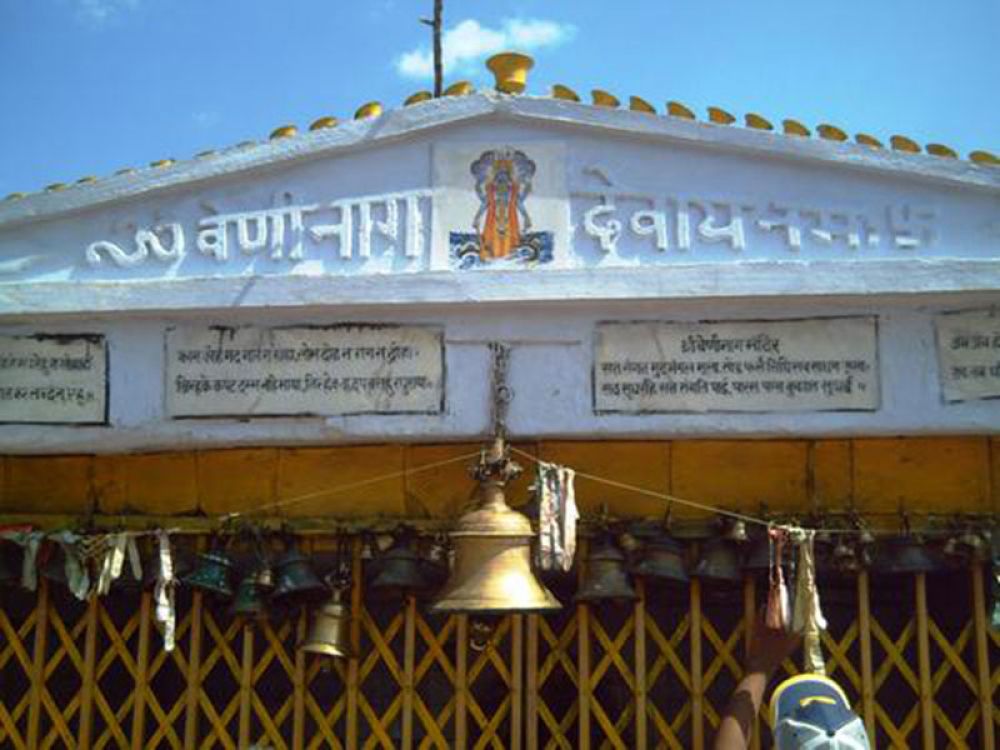

Nestled in the tranquil hills of Berinag in Uttarakhand, the Naag Devta Temple has been a site of religious significance and spiritual solace for centuries. Dedicated to the serpent god, this temple draws not only the devout who come to seek blessings but also tourists intrigued by its lore and the enchanting beauty of its surroundings.
While the exact dates of the temple's origin remain shrouded in the mists of time, it is believed to have been an established site of worship by the time the Kumaon Kingdom flourished. The association of serpents with Lord Shiva, who has a vast number of followers in this region, has enhanced the religious importance of this temple.
The advent of tourism in Berinag can be traced to the British colonial era when it became popular as a hill station for its scenic vistas and cool climate. However, it is in the post-independence period, particularly in the last few decades, that there has been a marked increase in the number of visitors to the Naag Devta Temple.
As travelers seek to explore more offbeat and serene locations, Berinag and the Naag Devta Temple have seen a significant uptick in visitors. The latest tourism trends here focus on eco-tourism and sustainable travel practices, with individuals and groups seeking to minimize their environmental footprint while experiencing the richness of the local culture and spirituality.
In keeping with global tourism trends, there has been a growth in the use of digital platforms for the promotion and booking of visits to this quaint temple. More people now become aware of its existence through social media and travel blogs, stirring an interest in the lore and the natural beauty of Berinag.
Moreover, there's a burgeoning interest in wellness tourism, with visitors combining their trips with yoga and meditation retreats that are available in the Himalayan region. This harmonizes well with a visit to the Naag Devta Temple, which offers a tranquil setting perfect for spiritual practices.
As the world embraces slow travel, many visitors choose to immerse themselves in the local culture and stay longer. Homestays and community tourism have grown as a part of this trend, offering a more intimate and enriching experience of the region surrounding the Naag Devta Temple.
For those planning to visit the Naag Devta Temple, it promises a delightful mix of spirituality, history, and natural splendor. The best time to visit is from March to June and from September to November, when the weather is pleasant and the verdant hills are at their most inviting. Visitors are encouraged to engage with local guides and respect the sanctity of the temple, ensuring that it continues to be a peaceful retreat for many years to come.